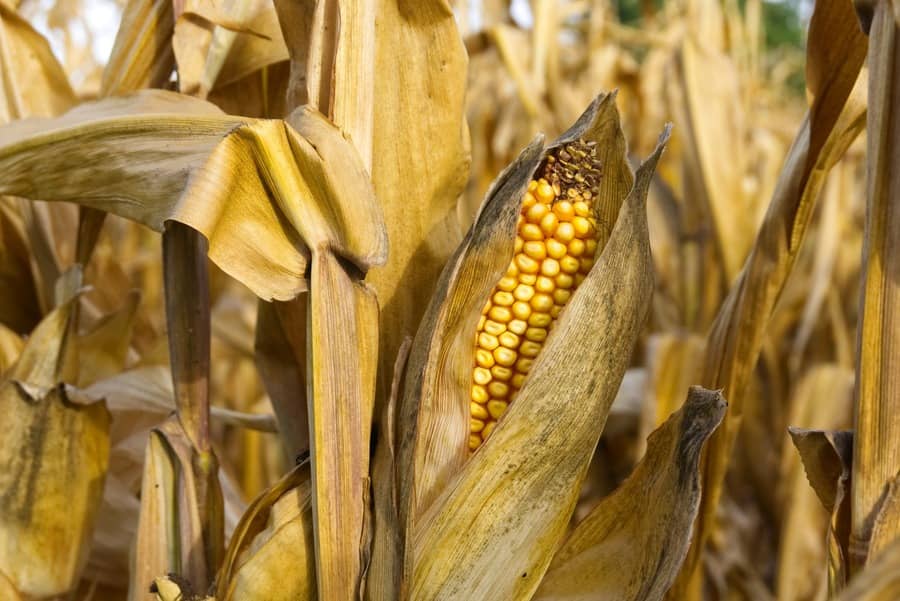Porto Alegre, June 1, 2021 – Some environment and meteorology sources point out that the drought that is hitting Brazil this fall is the worst in 91 years. For the corn’s second crop, we can say that it is one of the most significant losses that Safras & Mercado has ever seen and the biggest adjustment ever made between two production surveys. The production cut is frightening but must be evaluated as very realistic given the profile of climate, planting date, culture phases, and plantations.
The number of 74.7 million tons projected in April has now been corrected to 61.6 million tons, without taking into account any probable negative effect on production in Paraná caused by last week’s frosts. The new cut brings the Brazilian crop to 95.2 million tons and suggests the domestic market should buy back positions previously set for exports by trading companies. If exports remain high, supply problems will not arise in August/September but from November and until the 2022 second crop.
For national consumers, the warning is evident for the 21/22 cycle, and measures to replenish stocks are necessary. Meanwhile, the US crop is progressing well, with good rainfall over the week and planting nearly finished. China was the week’s negative highlight, with erroneous reports from some international agencies that China would be canceling many purchases. There was no cancellation, weekly sales were strong, and the market went up again.
A more positive situation for the Brazilian economy begins to get clearer at this moment. Private projections start to indicate an economic growth between 4.5 and 5.00% this year. Given the retraction of 2020, recovering these percentages may seem a normal movement. However, considering the social distancing promoted by governors and mayors, the recovery can be considered fantastic for the Brazilian GDP. Agribusiness and civil construction continue as the pillars for the economy this year. The full resumption, however, will depend on a renewed demand capacity by the population, since hidden primary inflation, which is not in inflation indexes, erodes purchasing power and is one of the barriers to sustained expansion.
The exchange rate, in turn, takes advantage of the excellent moment of the Brazilian trade balance, which reached US$ 25 billion this year until last week and is a great support to Brazilian external accounts. Besides positive capital inflow over the year, we have an excellent trade balance to support capital inflow into the country. The dollar approached BRL 5.20 again last week, perhaps already reducing any importance of the Senate’s investigation on COVID and some relation of this situation with a more serious political factor. Perhaps if the convergence of the three branches of government were destined to solve the country’s most urgent issues, such as the pandemic, the Brazilian scenario would have been much more favorable, and the positive outlook for the economy much better.
Agência SAFRAS Latam
Copyright 2021 – Grupo CMA

